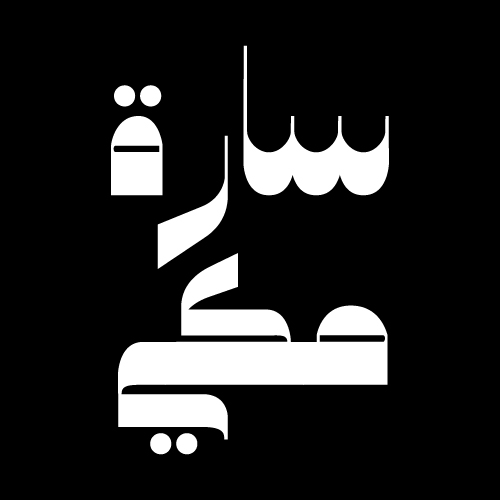
In a world that’s increasingly interconnected, the ability to bridge language barriers has become more important than ever. Whether it’s for business, education, or personal communication, effective translation plays a crucial role in facilitating understanding and fostering meaningful connections across cultures. In this article, we’ll delve into the art of Arabic and English translation, exploring the intricacies of these languages and the skills required to unlock their potential.
Understanding the Complexity of Arabic and English: Arabic and English are two vastly different languages, each with its own unique characteristics and nuances. Arabic, one of the oldest languages in the world, is known for its rich history, diverse dialects, and complex grammatical structure. English, on the other hand, is a global lingua franca, widely spoken and used in various contexts around the world. Despite their differences, both languages present unique challenges and opportunities for translators.
Cultural Sensitivity and Contextual Understanding: Effective translation goes beyond mere word-for-word substitution; it requires a deep understanding of the cultural and contextual nuances of both languages. Translators must be sensitive to cultural differences, idiomatic expressions, and linguistic nuances to accurately convey the intended meaning of the original text. This requires not only linguistic proficiency but also cultural fluency and empathy.
Accuracy and Precision: Accuracy is paramount in translation, especially when dealing with technical or specialized content. Translators must ensure that the translated text accurately reflects the original meaning, context, and tone of the source material. This often involves extensive research, consultation with subject matter experts, and attention to detail to avoid mistranslations or misinterpretations.
Adaptability and Creativity: While accuracy is essential, translators must also be adaptable and creative in their approach. They may need to make adjustments to accommodate differences in language structure, syntax, or cultural norms. This requires flexibility and the ability to think critically and creatively to find the best possible translation solutions.
The Role of Technology in Translation: Advancements in technology have revolutionized the field of translation, making the process faster, more efficient, and more accessible than ever before. Translation tools and software, such as machine translation and computer-assisted translation (CAT) tools, can aid translators in their work, providing assistance with terminology management, consistency checking, and productivity enhancement. However, while technology can be a valuable tool, it cannot replace the human touch and nuanced understanding that professional translators bring to the table.
The Importance of Professionalism and Ethics: In an age of instant communication and global connectivity, the demand for translation services is on the rise. However, with this increased demand comes a responsibility to uphold professional standards and ethical principles. Translators must adhere to strict confidentiality guidelines, respect copyright and intellectual property rights, and maintain the highest standards of accuracy and integrity in their work.
In conclusion, Arabic and English translation is both an art and a science, requiring linguistic proficiency, cultural sensitivity, and a keen understanding of the complexities of language and communication. By mastering the skills and principles outlined in this article, translators can unlock language barriers, foster cross-cultural understanding, and facilitate meaningful connections in an increasingly diverse and interconnected world.
